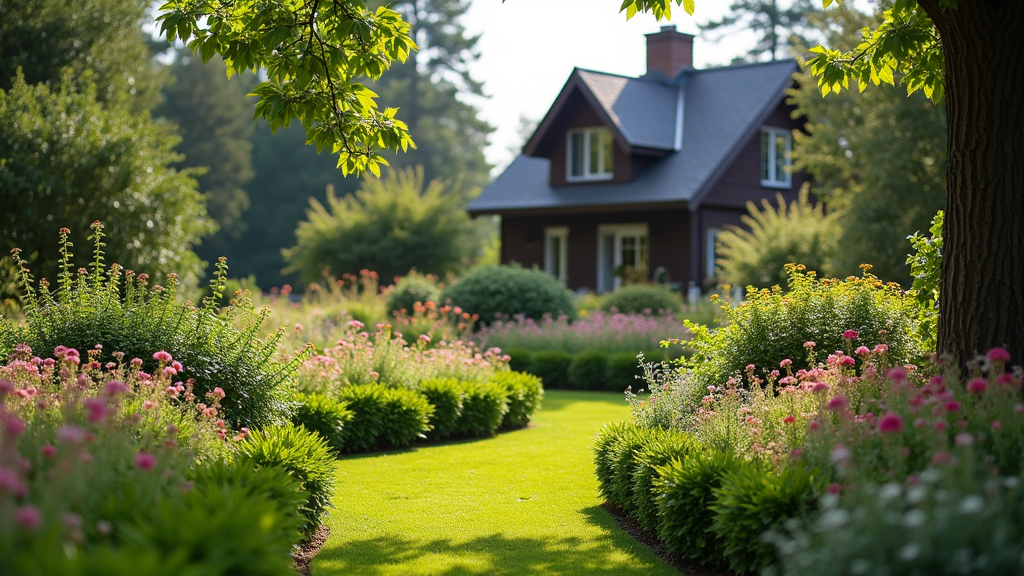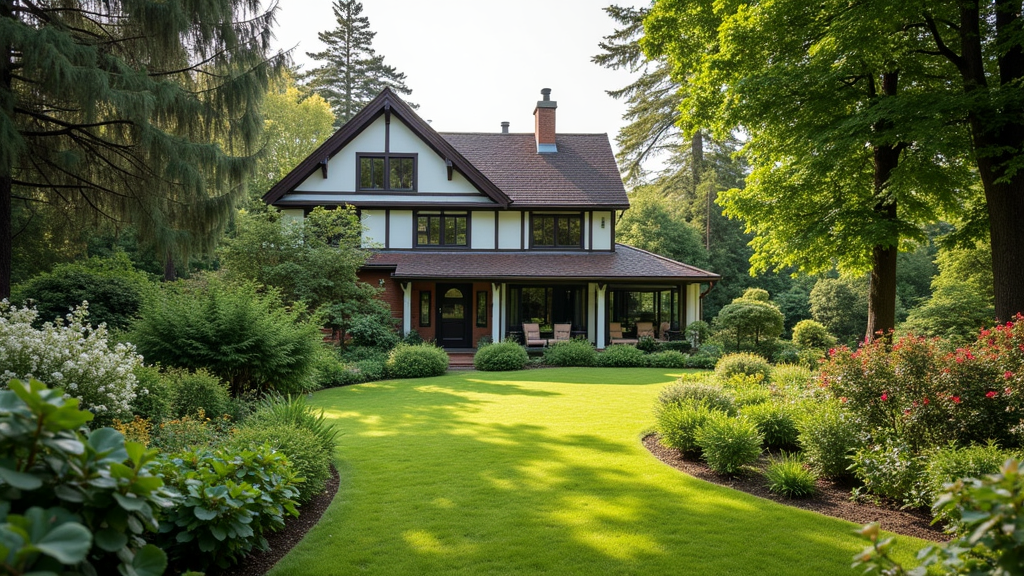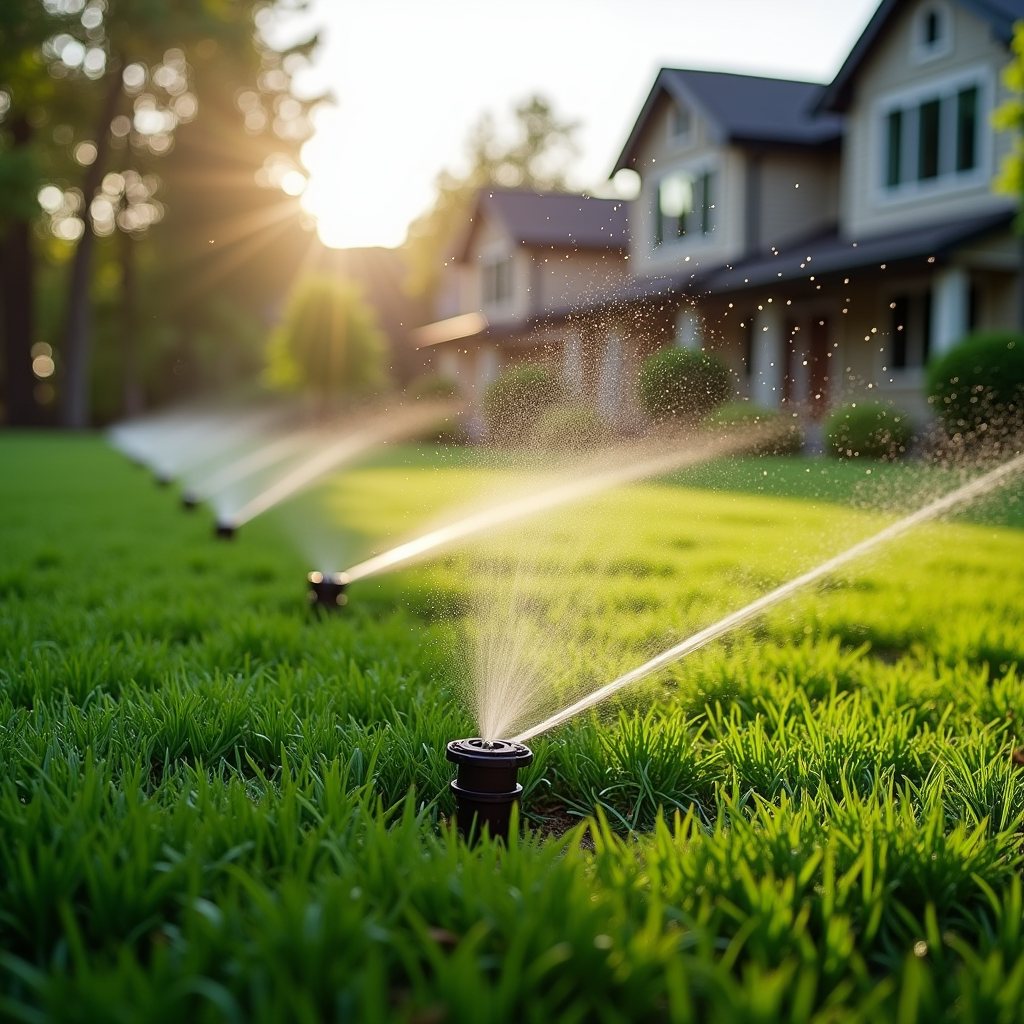Introduction
When it comes to landscape design, the differences between urban and rural settings can be as stark as night and day. Urban environments overflow with concrete, steel, and a bustling lifestyle, while rural landscapes often boast expansive fields, trees, and a slower pace of life. This article delves into the nuances of urban vs rural landscaping and explores how adaptations in landscape design are necessary to cater to these distinct environments. We'll examine everything from plant selection to sustainability practices, providing insights that can help homeowners and designers alike.

Understanding Urban Landscaping
Urban Landscape Design: A Concrete Jungle
Urban landscaping is often characterized by limited space and abundant structures. Designing a landscape in such an environment requires creativity and innovation. How do you transform a cramped city lot into a lush paradise?
Key Features of Urban Landscapes
- Vertical Gardens: When space is tight, think up! Vertical gardens allow city dwellers to enjoy greenery without taking up precious ground space. Container Gardening: Perfect for balconies or patios, container gardening offers flexibility and ease of maintenance. Use of Hardscapes: Paving stones, rocks, and other hard materials are often essential in urban designs to create pathways and functional areas.
Challenges Faced in Urban Landscaping
Urban landscapers encounter unique challenges that rural designers may not face:
- Pollution: Air quality can affect plant growth. Limited Soil Quality: Often, urban soil is compacted or contaminated. Water Management Issues: Impervious surfaces lead to runoff problems.
Sustainable Practices in Urban Landscaping
Sustainability is key in urban environments where resources are finite. Here are some strategies:

- Rain Gardens: These absorb runoff from impervious surfaces. Native Plants: Choosing native species reduces water usage. Xeriscaping: This landscaping method minimizes irrigation needs.
Rural Landscape Design: Embracing Nature
The Essence of Rural Landscaping
Rural landscapes present an entirely different canvas for designers. With expansive views and natural elements at their disposal, what does one need to consider?
Key Features of Rural Landscapes
- Naturalistic Planting: Using native plants creates harmony with the local ecosystem. Wildflower Meadows: These colorful displays attract pollinators while requiring less maintenance than traditional lawns. Edible Landscapes: Incorporating fruits and vegetables encourages self-sufficiency.
Challenges Faced in Rural Landscaping
Even though rural landscaping may seem easier than urban design at first glance, it presents its own set of challenges:
- Wildlife Management: Animals may munch on your carefully cultivated plants. Soil Health Concerns: Soil erosion can be problematic on sloped land. Water Availability: In some areas, water scarcity can limit plant choices.
Sustainable Practices in Rural Landscaping
Rural areas have ample opportunities for sustainable practices:
- Permaculture Principles: Designing landscapes that mimic natural ecosystems can enhance biodiversity. Composting Practices: Recycling organic waste enriches soil health. Rainwater Harvesting Systems: Collecting rainwater can provide an efficient irrigation source.
Comparative Analysis: Urban vs Rural Landscaping
Space Utilization Strategies
In urban settings, maximizing every inch is crucial. However, rural landscapes offer more room for sprawling gardens. Here’s how each environment handles space:
| Aspect | Urban | Rural | |---------------------|-----------------------------------------|----------------------------------------| | Available Space | Limited; vertical solutions preferred | Expansive; free-form designs possible | | Plant Selection | Focus on hardy or container plants | Native varieties flourish | | Hardscape Usage | High use due to pavement requirements | Minimal; nature integrated |
Urban vs Rural Landscaping: Adaptations for Different Environments
Landscape design must adapt based on the environment's characteristics. For example, urban dwellers might prefer low-maintenance options due to busy lifestyles, while rural residents may relish the opportunity to engage deeply with their land through more intensive gardening practices.
The Role of Community in Landscape Design
In both urban and rural settings, community plays a significant role:

Plant Selection Strategies for Urban vs Rural Areas
1. Selecting Plants for Urban Landscapes
Choosing plants that thrive despite pollution and limited space is crucial:
- Hardy perennials like coneflowers or black-eyed Susans are adaptable to changing conditions.
2. Selecting Plants for Rural Landscapes
For rural areas where space permits:
- Consider larger trees like oaks or maples that support local wildlife habitats.
FAQs About Urban vs Rural Landscaping
1. What are the main differences between urban and rural landscaping?
Answer: The primary differences lie in available space, plant selection adaptability, environmental challenges like pollution versus wildlife management issues.
2. How do I choose plants suitable for my urban garden?
Answer: Opt for hardy perennials that can withstand pollution; consider vertical gardening options if space is limited.
3. What benefits do native plants provide in rural landscaping?
Answer: Native plants are more resilient to local climate conditions; they require less maintenance and support local wildlife populations.
4. Can I integrate edible plants into my urban landscape?
Answer: Absolutely! Container gardening allows you to grow herbs or vegetables even in small spaces.
5. What sustainable practices should I consider for my landscape design?
Answer: Rain gardens, composting systems, xeriscaping methods—these all contribute positively towards sustainability efforts!
6. How does community involvement shape landscape design choices?
Answer: Community gardens foster cooperation among neighbors while encouraging diverse planting strategies that benefit everyone involved!
Conclusion
In conclusion, understanding the nuances between urban vs rural landscaping is essential for effective landscape design tailored to specific needs. While both environments offer unique challenges and opportunities alike when it comes down to choosing elements—be it plants or hardscaping—you must http://chanceqgvu794.image-perth.org/understanding-different-mowing-techniques-for-a-healthier-lawn adapt your strategies based on locality! Whether you're sprucing up your backyard garden or designing public parks within city limits—remember this key takeaway: successful landscapes emerge from thoughtful consideration of context!
By integrating sustainable practices alongside creative solutions tailored specifically toward each setting—both urban dwellers AND those residing amongst nature’s bountiful embrace—can experience beauty right outside their doors!